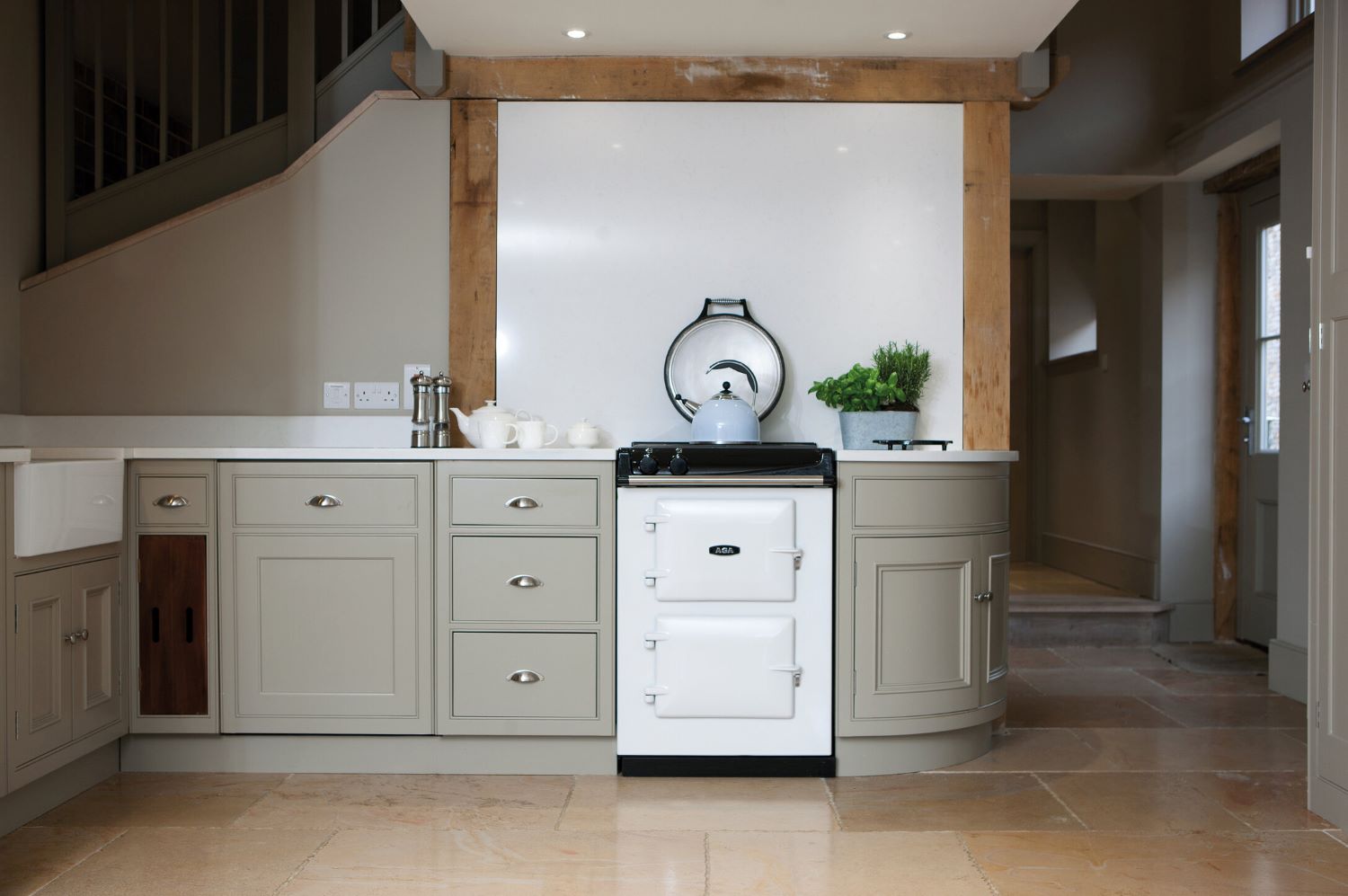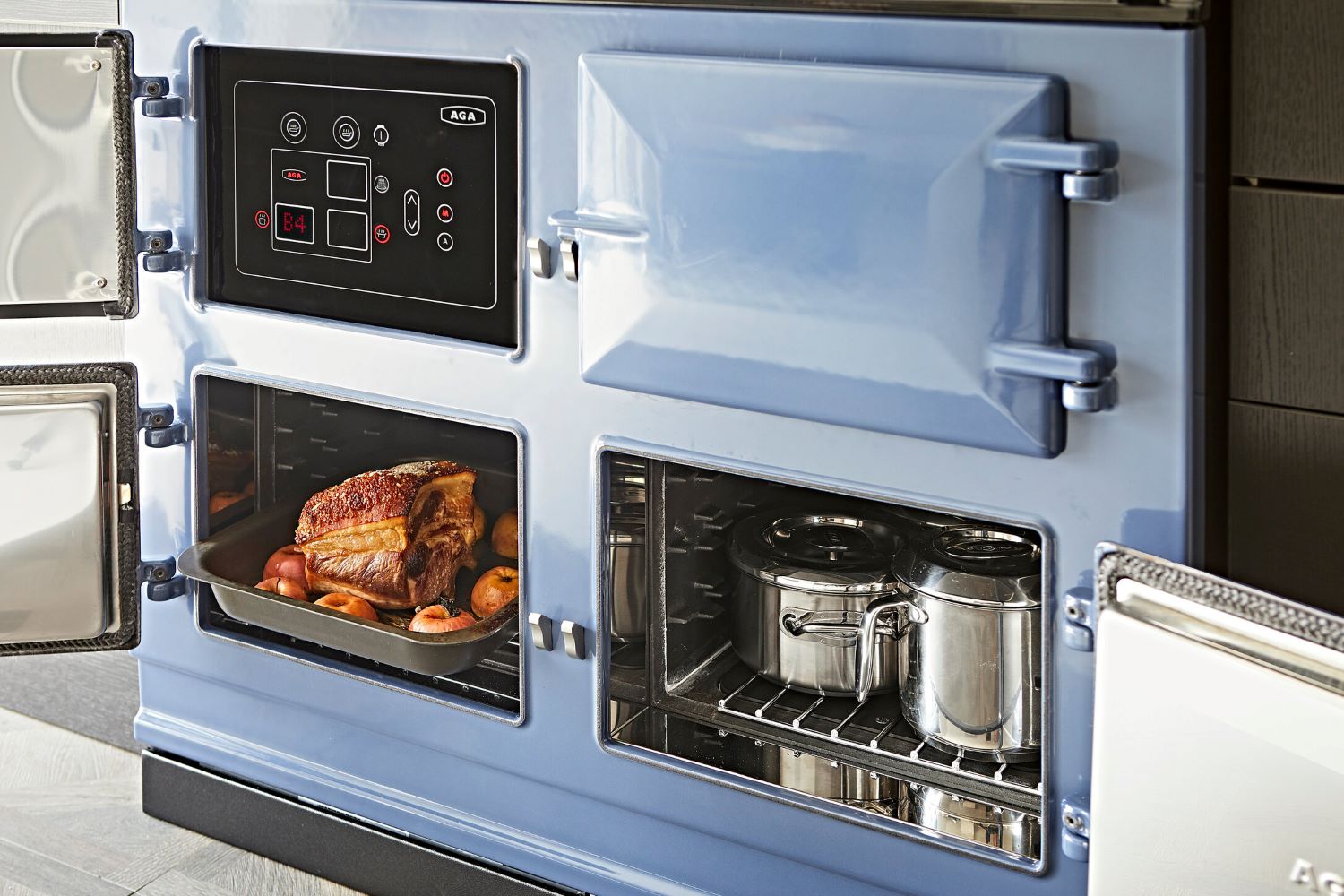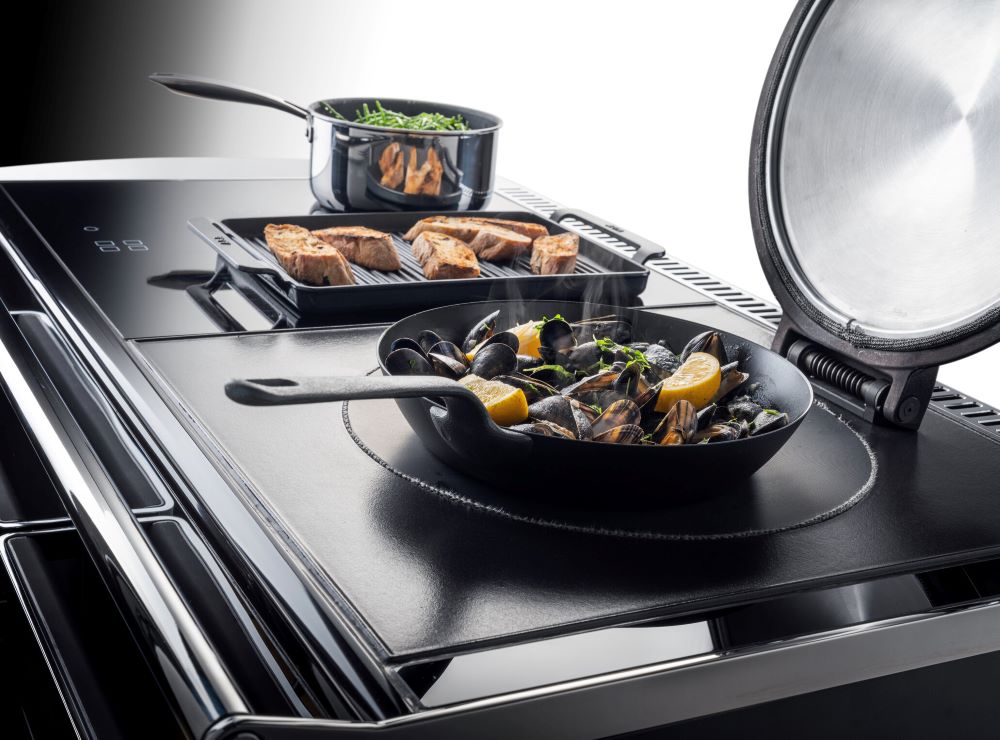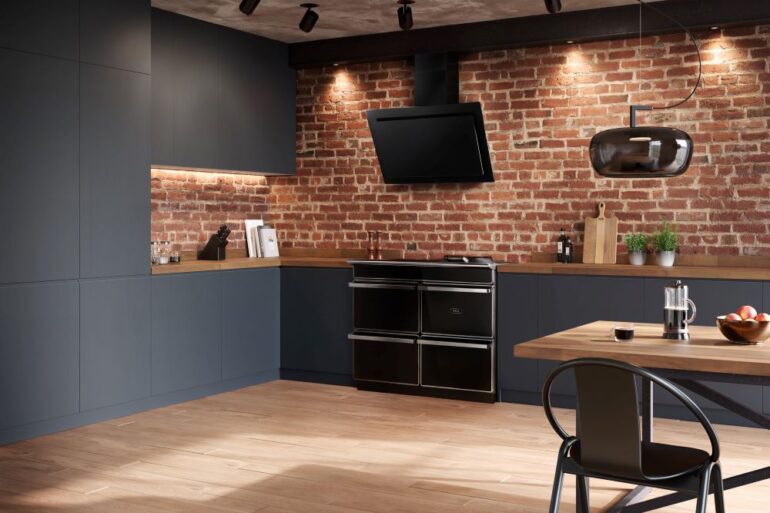Since it was invented more than a century ago, the AGA cooker has had a special place in hearts and kitchens alike. It’s seen as a quintessential part of British life and – because it is still made in Shropshire – many people imagine it was invented here. In fact, the AGA was conceived in Sweden by a blind Nobel Prize-winning physicist. Over the years, many more myths have come about regarding the AGA, so we thought it was time to unravel fact from fiction with a deep dive into the truth behind the famous cooker…
Myth: I need a big kitchen to have an AGA
Fact: There is an AGA model to fit every size of kitchen. The smallest is just 60cm wide, the size of a standard kitchen cabinet. This means you can have all the benefits of an AGA in even the tiniest room. You don’t have to compromise either – you still get two cast-iron heat-storage ovens, one for roasting and baking and the other for simmering. You also get the quintessential AGA hotplate, which can be set to boiling or simmering mode. Every inch of the AGA 60 is put to use in innovative ways to ensure you get the whole AGA experience just wrapped up in a smaller package.
Myth: AGA cookers run only on solid fuel or oil
Fact: While the original AGA cooker ran on solid fuel, it has evolved over the years to make use of the very best energy available at the time. Today, AGA heat-storage cookers are powered by electricity and can even be run alongside renewables such as solar.
Myth: AGA cookers cost a fortune to run
Fact: The use of electricity allows for real flexibility and the ability to make huge savings on running costs.
For example, you need only switch the hotplates on when they’re needed, saving up to 50% on the energy costs. Each electric AGA model has been designed with efficiency in mind and today’s cookers offer lower running costs thanks to fast heat-up times, as well as the ability to allow individual operation of ovens and hotplates, eco-modes and more. Many AGA cookers in use today are decades old. This is, of course, amazing in terms of their longevity, but they can never be as efficient as newer models. We wouldn’t, for example, expect a 30-year-old car to offer the same efficiency as a brand new electric one.

Myth: You have to live in the country to have an AGA
Fact: AGA cookers are, of course, great in the country, but they’re also just as at home in the city. Their versatile nature makes them perfect anywhere from compact city apartments through to huge country houses and everywhere in between.
Myth: An AGA is too hot in the summer
Fact: The flexibility of newer AGA cookers means you control how much heat the cooker puts into the kitchen. On freezing winter days, you might want it to be as much as possible, particularly in a draughty house. On a fantastically hot summer’s day you might want to have just one oven on and the
hotplates switched off when not cooking, which will keep the kitchen much cooler.
Myth: It’s difficult to cook with an AGA
Fact: This couldn’t be further from the truth. AGA cooking is way more intuitive than any other kind. With ovens set at temperatures for specific functions – such as baking, roasting and simmering – and hotplates for boiling and simmering, there’s no worry about whether you have the temperature just right.

Myth: An AGA runs your central heating
Fact: This isn’t true, but an AGA does put useful heat into the room. If you’re looking for a cast-iron range cooker that is also a boiler, then our sister brand Rayburn is the one for you. Rayburn Heatranger models can provide hot water and central heating and, of course, cook beautifully.
Myth: If you have an AGA you need a separate hob or conventional cooker
Fact: If you love induction cooking, for example, or want extra oven space, you don’t need to buy separate appliances. There are AGA cookers that come with an induction hob alongside the traditional AGA hotplate, as well as models that also have an integrated fan oven. In other words, the best of
all worlds.

Myth: An AGA is only good for slow-cooking
Fact: Slow-cooked AGA food tastes amazing and it’s one of the reasons the cooker is so famous. But the AGA is also brilliant at baking, grilling, steaming, roasting, stir-frying, bread making, pizzas – and just about anything you can think of. It’s not just us saying it – an independent study carried out by the National Centre for Food Manufacturing (part of the University of Lincoln) found that AGA food does indeed taste better. One phase of the research saw a panel of 40 food testers blind-tasting dishes cooked in different types of oven. The AGA scored very well with them, with the majority preferring specific foods cooked this way.





